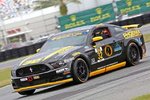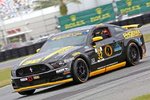Mad Hatter
Gotta go Faster
Lol.... thats engraved in my head already.... Looking forward to trying softer springs this season. Will be trying with no rear bar again and change the braking tactics too match... Brake to the apex to avoid that nasty under-steer and try -4.5 camber....















